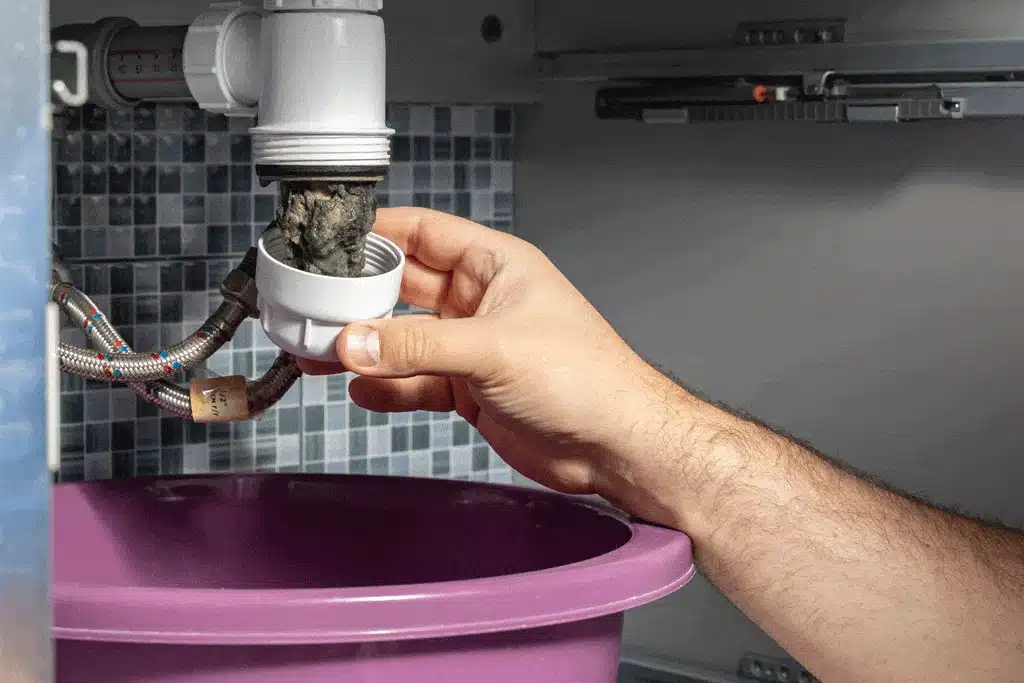Protecting your home from unwanted intruders and burglars is essential to avoid significant property loss and emotional trauma. With the increasing property crimes in the United States, it’s wise to invest in a home security system that will give you peace of mind by keeping your home and family safe. Unfortunately, only 38 percent of Americans have a home security product, making their homes vulnerable to burglars.
Suppose you are a resident of Flower Mound, TX. In that case, you should not lack a home security system even though the crime rate is considerably low at 15.5.
Motion detectors are necessary accessories for a home security system, and choosing the appropriate motion detector is not a walk in the park. Not to worry, though. In this blog, you’ll learn about motion detectors and how to pick out and have a competent electrician install the perfect sensor for your home.
What Is a Motion Sensor?
For novices, a motion detector is a particular type of sensor that forewarns you if it detects movement in the area it’s monitoring. In a security system, the sensors signal the security control panel to turn on lights, activate the alarm and even call the police.
Motion Sensors For Residential Homes
All motion sensors are designed to detect movement but function differently, initiating various reactions as a response. Each homeowner will choose a motion sensor depending on their specific situation and security system.
If you are unsure of the type of motion system to install, an electrician will guide you on the appropriate one for your house. Some motion sensors can help you avoid false alarms triggered by pets, while others can detect movement for a vast distance. Below are some common motion sensors used in most security systems.
Microwave Sensors
Microwave motion sensors use electromagnetic radiation. This sensor releases waves that are reflected in the system’s receiver. The receiver analyzes the waves, and if there is a moving object in the room, the waves will be altered. The microwave detector can identify any changes from moment to moment while repeatedly sending the same waves to the receiver.
Some advanced microwave sensors can detect whether a person is walking towards or away from the sensor or just going randomly. If you install these detectors, they can help you sense and differentiate between normal and intruder movement. Because of this feature, these sensors are considered reliable; hence, homeowners highly seek them.
Also, microwave sensors are safe to use, and an electrician can install them inside, outside your house, or in relatively large areas. You can instruct a professional to configure them to detect different activities, for instance, home areas where children or pets might be active.
Although a microwave motion sensor does not require many tools for installation, it’s essential to reach out to a qualified professional to help you fix it properly.
Passive Infrared Sensors
Passive infrared (PIR) sensors protect your home by detecting temperature changes released by body heat. They are usually inactive until a person or pet moves into the sensor’s detection range, then issues an alert when the designated temperature change happens.
A PIR sensor is programmed to detect unexpected changes within a given area since all surfaces constantly release heat. An electrician can also configure this sensor to handle minor changes, allowing homeowners to use their alarm at night without accidentally activating it and their pets to move when they are not at home.
Dual Technology Sensors
This type of sensor is commonly used in challenging environments and is durable enough to handle powerful air currents and sunlit windows. Also, it can pick up small movements. As the name suggests, dual technology sensors combine PIR and microwave technologies; thus, it’s sensitive to two different types of disturbance. This helps eliminate false alarms as each sensor compensates for the weaknesses of the other.
Because double technology sensors incorporate self-adaptive technology, they conform to and exceed the average industry standards for detecting and functioning based on homeowners-behavior patterns. They are designed to continuously adjust to sensitivity and time delay in real-time.
An electrician can customize dual technology sensors to a pre-set time delay to ensure lights are switched off after a calculated time gap. Most homeowners prefer them because of their longevity and significant energy savings. If you have a big household, you can contact an electrical expert in Flower Mound, TX, to help you with installation.
Also, these sensors come in various configurations. If you select the ready-to-mount lighting occupancy sensors, you won’t have to worry about installation issues because they act like intelligent light plug-ins with little or no installation issues.
Vibration Sensors
Vibration sensors detect low-frequency vibrations from the heavy impacts of violent attacks on floors, walls, ceilings, or other barriers, on which these systems are installed.
Due to their nature, they are mounted on robust structures because if installed on lightweight walls, they may cause false alarms due to environmental vibrations, leading to disconnection. Electricians advise that vibration sensors be installed on masonry walls with the signal processor nearby.
When a heavy object hits the wall, an initial high-frequency vibration attenuates rapidly to low frequencies, which move long distances through walls where transducers detect them. If the signal exceeds a set electrical threshold, it triggers an NC/NO contact, or a shifting mass opens a circuit that will be actioned as an alarm event by the device.
However, these sensors are less reliable than other motion sensors; hence, they are not commonly used in most homes.
Ultrasonic Sensors
Ultrasonic sensors are continually active, unlike passive infrared sensors. They release sounds at a frequency above the range of human hearing. They repeatedly send out inaudible sound waves and establish the proximity of objects in the area by echoes returning to the base.
An alarm is triggered when new objects enter the field. An electrician can configure these senses to a specific sensitivity level to prevent activating an alarm for objects beyond a certain distance.
Your Reliable Electrical Services Professionals
Are you ready to enjoy the benefits of motion detector lighting? Get started today by reaching out to Tioga Plumbing & Electric. We are your go-to local electrical services provided, trusted by property owners in Flower Mound, TX. Our electricians have the hands-on skills and knowledge needed to install your Motion Sensors properly and safely.
Besides, they are experts in replacing fuses and breakers, code corrections, lease space wiring, service upgrades, and electrical remodeling. Call Tioga Plumbing & Electric today to speak with a licensed and certified electrician.
Photo By Gorodenkoff at Shutterstock
Taking a bite out of Your Plumbing & Electrical needs
Other Electrical & Plumbing Services

Taking a bite out ofYour Plumbing & Electrical needs
We make fixing your home easier than ever. Whether it’s a leaky pipe, faulty wiring, or an urgent repair, our experts deliver fast, reliable solutions you can count on.
















